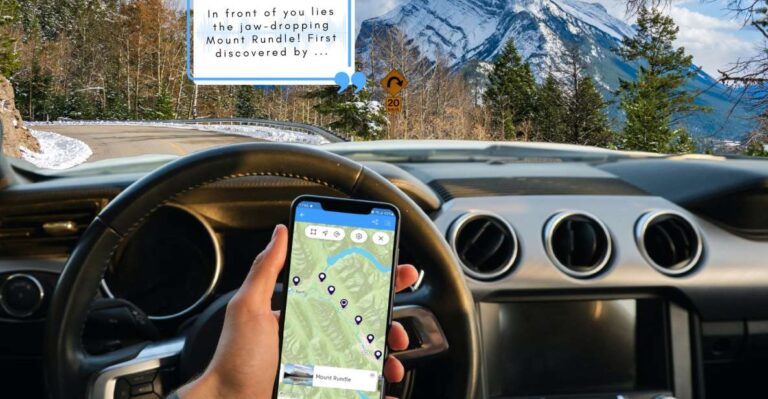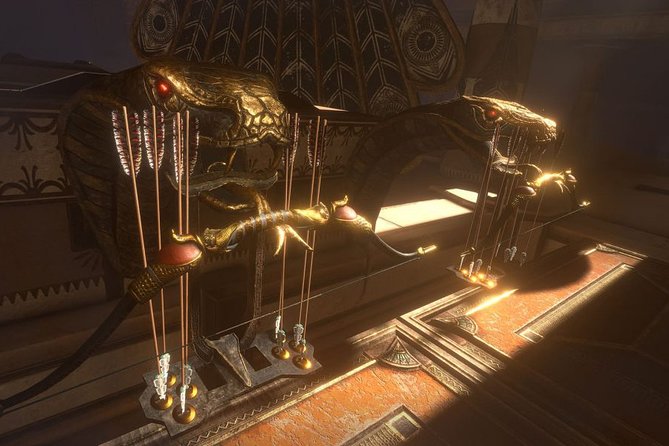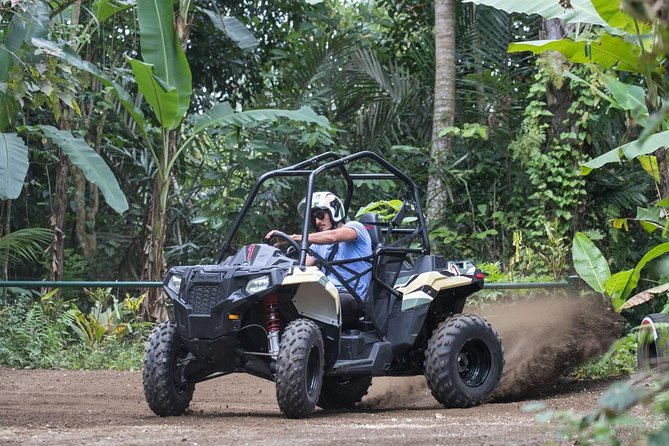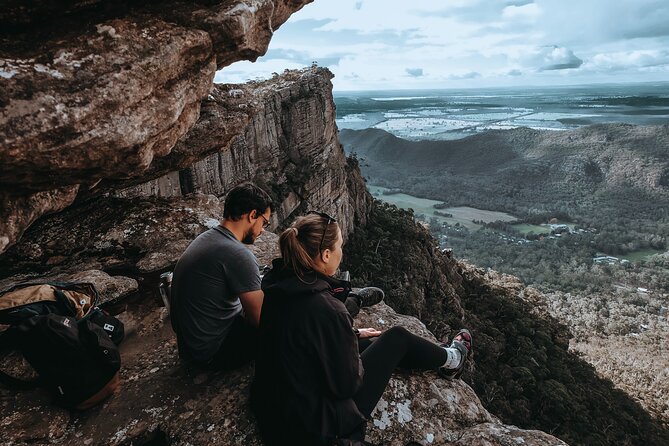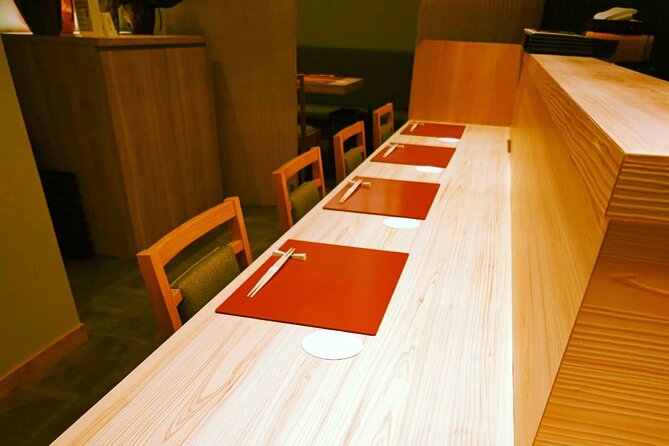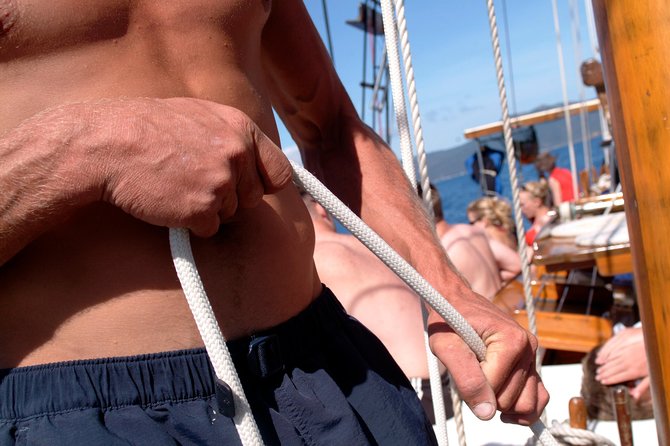Nestled amidst the rugged Peruvian landscape, the ancient marvel of Q’eswachaka stands as a testament to human ingenuity and cultural prowess. As travelers embark on a journey to this revered site, they are transported back in time to witness the legacy of the Incan bridge and the traditions that have withstood the test of time.
But what secrets lie hidden within the intricate structure of this architectural wonder? And how do modern-day visitors partake in the age-old customs that continue to shape the essence of Q’eswachaka?
Just The Basics
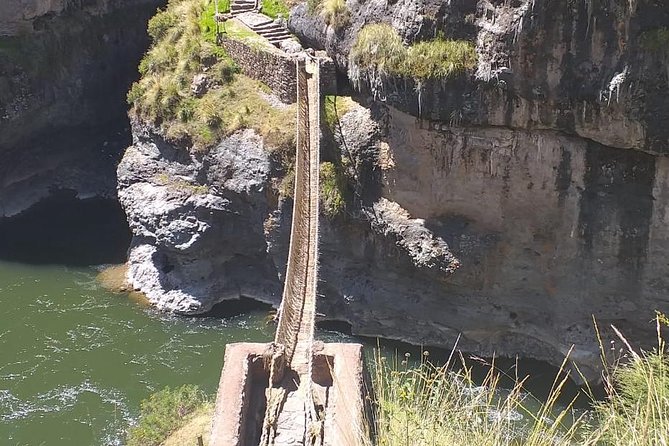
- Q’eswachaka bridge embodies Andean craftsmanship and unity.
- Indigenous techniques blend tradition with modern engineering.
- Annual Celebration showcases cultural rituals and practices.
- UNESCO recognition highlights preservation of unique cultural heritage.
It's also worth checking out some other tours and experiences nearby.
Historical Significance
With a history that dates back centuries, the Q’eswachaka bridge holds a significant place in the cultural heritage of the Andean region. This architectural marvel, made entirely of grass and rebuilt annually by local communities, showcases the ingenuity and craftsmanship of the Andean people.
The impact on locals is profound, as the tradition of rebuilding the bridge fosters a sense of unity and cooperation among the Quechua communities involved. Not only does the bridge serve as a vital transportation link, but it also symbolizes the strong ties to their ancestors and the land they inhabit.
Visitors marvel at the bridge’s unique construction and the resilience of the communities that maintain this ancient tradition alive.
Cultural Tradition
Dating back centuries, the Q’eswachaka bridge not only stands as a remarkable architectural feat but also embodies a vibrant cultural tradition upheld by the Andean communities. This cultural heritage is deeply rooted in tradition, with practices such as traditional weaving playing a significant role in the preservation of their customs.
-
Community Collaboration: The bridge construction involves the entire community, fostering unity and cooperation.
-
Symbol of Connection: Q’eswachaka symbolizes the strong bond between the Andean people and their ancestors.
-
Spiritual Significance: The bridge holds spiritual importance, with rituals and ceremonies conducted during its construction.
-
Traditional Weaving Techniques: Traditional weaving methods are passed down through generations, showcasing the intricate skills of the Andean artisans.
Bridge Construction
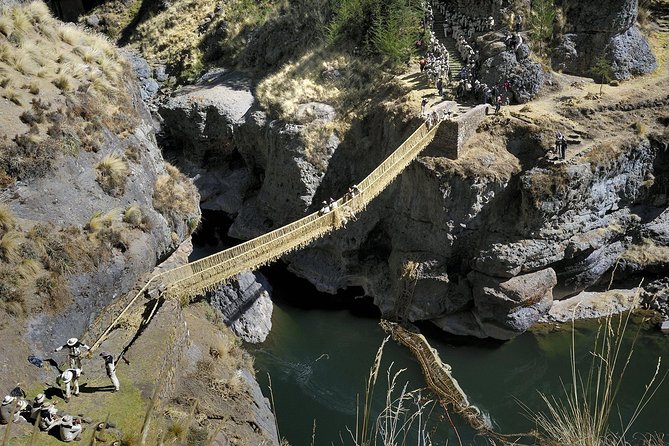
Indigenous artisans skillfully weave together ancient techniques and modern materials to construct the Q’eswachaka bridge, showcasing a blend of tradition and innovation. Traditional techniques passed down through generations are melded with modern engineering principles to overcome modern challenges. The bridge construction involves a meticulous process that involves gathering local grasses, twisting them into strong ropes, and carefully weaving them into the iconic suspension bridge.
| Traditional Techniques | Modern Challenges |
|---|---|
| Hand-weaving grass ropes | Ensuring structural stability |
| Using natural materials | Meeting safety standards |
| Incorporating ancestral knowledge | Adapting to changing environmental conditions |
| Strengthening community bonds | Incorporating sustainable practices |
| Honoring cultural heritage | Balancing tradition with modern needs |
Annual Celebration
Each year, the vibrant and culturally rich Q’eswachaka community gathers to joyously celebrate their ancient traditions and heritage during the Annual Celebration. The festival activities and celebration highlights include:
-
Traditional Ceremonies: Witness ancient rituals and ceremonies passed down through generations.
-
Artisanal Exhibitions: Explore intricate handmade crafts showcasing the community’s artistic talents.
-
Cultural Performances: Enjoy traditional music, dance, and storytelling that bring the history of Q’eswachaka to life.
-
Feast and Festivities: Indulge in a feast of traditional Peruvian dishes, accompanied by lively music and dancing under the starlit sky.
The Annual Celebration at Q’eswachaka provides a unique opportunity to take in the vibrant culture and traditions of this ancient community.
UNESCO Recognition
The UNESCO Recognition solidifies Q’eswachaka’s cultural significance on a global scale, highlighting its rich heritage and traditions. This acknowledgment underscores the importance of preserving this historic Incan rope bridge and the traditional methods used in its construction.
The UNESCO recognition serves as a testament to the exceptional preservation methods employed by the local communities to ensure the longevity of Q’eswachaka for generations to come. By honoring Q’eswachaka with this prestigious recognition, UNESCO not only acknowledges the bridge’s architectural significance but also celebrates the cultural practices and knowledge passed down through centuries.
This recognition not only elevates the status of Q’eswachaka but also encourages continued efforts in safeguarding this unique cultural heritage site.
Community Involvement
Community members actively participate in various initiatives to preserve and promote the cultural heritage of Q’eswachaka. They engage in:
-
Traditional Skills Workshops: Offering hands-on experiences to pass down ancient weaving and bridge-building techniques.
-
Community Clean-Up Days: Involving locals and visitors in maintaining the surroundings, fostering a sense of shared responsibility.
-
Sustainability Practices Implementation: Introducing eco-friendly measures like recycling and energy conservation to protect the environment.
-
Cultural Events and Festivals: Celebrating traditions through music, dance, and storytelling, encouraging participation and appreciation of the local customs.
Through these activities, the community fosters a deep connection to their heritage while promoting sustainable practices for future generations.
Preservation Efforts
Efforts to preserve the cultural heritage of Q’eswachaka are a testament to the community’s dedication and commitment to safeguarding their ancestral traditions.
Through community initiatives, the locals actively engage in conservation practices to ensure the longevity of the bridge and the customs associated with it. These initiatives include regular maintenance work on the bridge, using traditional Inca techniques passed down through generations.
Plus, educational programs are implemented to teach younger community members about the significance of Q’eswachaka and the importance of preserving it for future generations.
Visitor Experience
Enhance your journey to Q’eswachaka by enjoying a unique and enriching visitor experience.
-
Engage with the locals: Interact with the Quechua communities and learn about their traditions and way of life.
-
Taste the flavors of Peru: Indulge in delicious local cuisine, such as quinoa soup and roasted guinea pig, at traditional Peruvian restaurants.
-
Hands-on experience: Participate in weaving workshops to create your own intricate textiles, guided by skilled artisans.
-
Cultural immersion: Witness traditional ceremonies and dances, offering a glimpse into the rich cultural heritage of the Andean people.
Here's a few more nearby tours and experiences we think you'll like.
Common questions
What Are Some Common Myths or Legends Associated With the Q’eswachaka Bridge?
Mythical stories and cultural beliefs often intertwine around the Q’eswachaka bridge. Its historical significance reflects indigenous traditions. The bridge’s lore captures the imagination, bridging past and present in a tapestry of legends and heritage.
Are There Any Specific Rituals or Ceremonies Performed During the Construction of the Bridge?
Cultural significance shines through in the bridge construction with rituals and ceremonies uniting the community. Spiritual connection and indigenous traditions intertwine, fostering a bond between people and their heritage, making the building process not just structural but deeply meaningful.
How Has Modern Technology Impacted the Traditional Construction Methods of the Q’eswachaka Bridge?
Modern technology has revolutionized traditional construction techniques, altering the way structures like the Q’eswachaka bridge are built. The impact of technology is evident in faster assembly, improved safety measures, and the preservation of ancient methods.
Are There Any Local Artisans or Craftspeople Involved in Creating Traditional Items Related to the Bridge?
Local artisans and craftspeople play a vital role in creating traditional items related to the Q’eswachaka bridge. Their craftsmanship contributes to the maintenance and preservation of this historical structure, showcasing the significance of local talents and the bridge’s cultural heritage.
What Role Do Women Play in the Maintenance and Preservation of the Q’eswachaka Bridge?
Women play crucial roles in preserving cultural traditions through their involvement in maintaining the Q’eswachaka bridge. Their contributions range from weaving the traditional ropes used in the bridge’s construction to passing down knowledge through generations.
Not for you? Here's more of our most recent tour reviews happening neaby
- Inka Jungle Trail 4d / 3n – Cusco
- Half Day Cusco Small Group Tour
- Visit the San Pedro Marquet in Cusco
- Spiritual Meditation in the Sacred Valley of the Incas & Machu Picchu 2 Days
- Transfer Cusco Airport – Hotel or Vice Versa.
- Cusco Small-Group Half-Day Zipline Tour
- Machu Picchu and Sacred Valley 2 Days 1 Night From Cusco
- Humantay Lake Day Trip
- Sacred Valley of Incas (Day Trip)
- Private Tour to Pisac Market and Pisac Ruins – ALL INCLUSIVE
- Maras Moray Chincheros Tour
- Sacred Valley and Machu Picchu 2 Day Tour With Accommodation
- 1 Day Adventure Tour to the Colorfull Rainbow Mountain
- Rainbow Mountain Tour
- Private 3-Day Deluxe Tour to Cusco and Machu Picchu
Last Words
Set out on a journey to Q’eswachaka and learn about the rich history, cultural traditions, and breathtaking beauty of this remarkable destination. Witness the ancient Incan bridge, experience the annual celebration, and support the community’s preservation efforts.
With expert guides, delicious meals, and a transparent cancellation policy, your visit promises to be unforgettable. Explore Q’eswachaka and discover a unique blend of history, culture, and adventure that awaits you.

